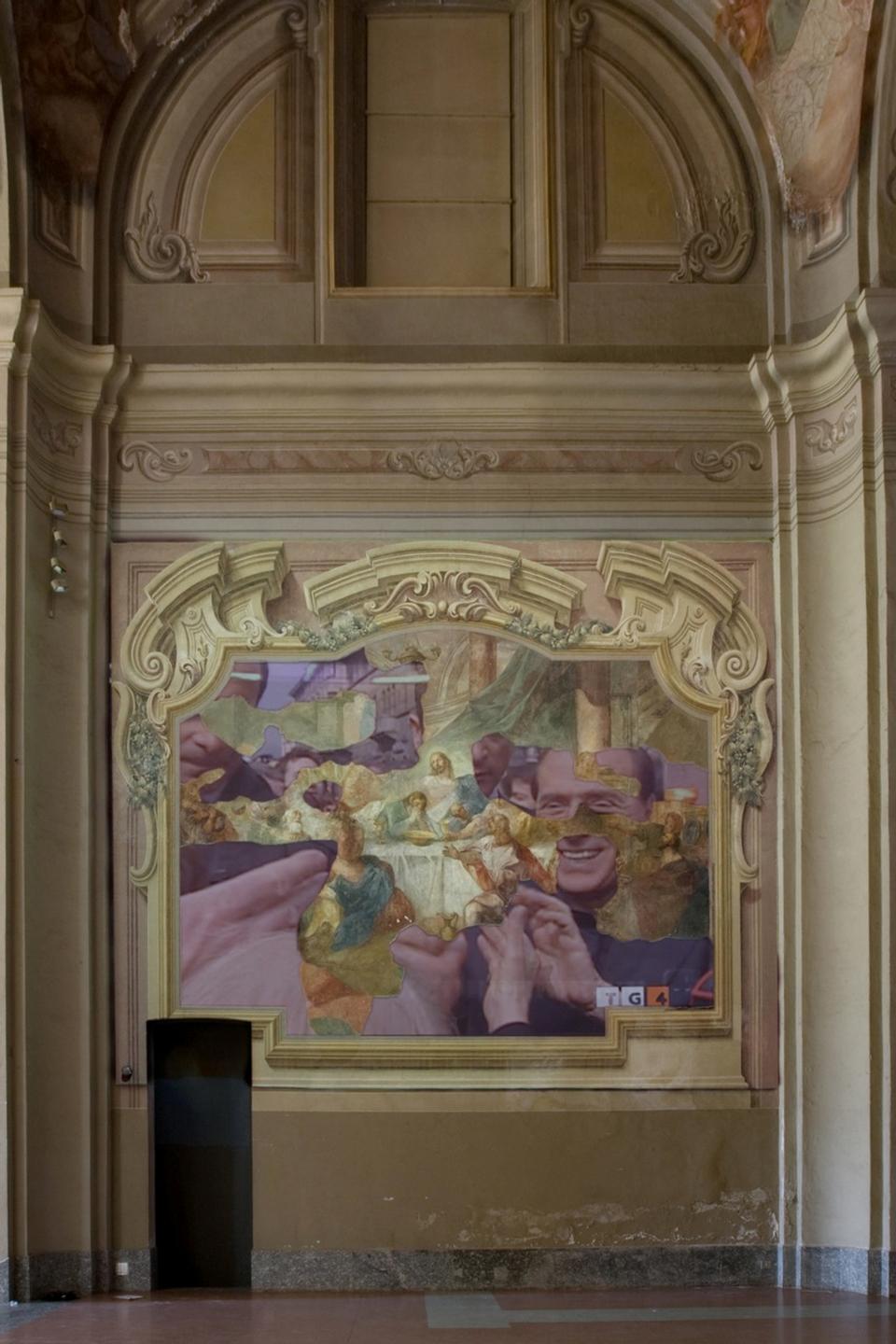In the 1960s, I produced a number of works that reacted physically to the environment, for example clear acrylic boxes in which condensation developed in response to the place in which they were displayed. What I cared about was the dynamic process rather than the object. Toward the end of the decade, it became clear to me that the art gallery and the museum are not isolated from their social and political environment, as was commonly assumed, but are part of that same environment, and I began “transgressing” the imagined, protective walls between the art world and the rest of the social universe. In a number of such instances, I was proven right in rather dramatic ways.
As we are all part of the physical world, we are also all living in a social environment (with the exception, perhaps, of self-sustaining hermits). The way we handle our social relations is determined, to a degree, by what the sociologist Pierre Bourdieu called habitus, i.e. our class background, our family, our upbringing and education, our native or adopted religious and ideological affiliations (if any), and, last but not least, the circumstances of our life in a given society. Our actions and inactions not only have repercussions for ourselves but also affect our social environment. And they contribute, to a smaller or larger degree, to the zeitgeist, i.e. that tacit consensus which determines how a society is structured and governed.
Artists, of course, are not different from other citizens. Whether their works are intended to do so or not, as soon as these works are presented in the public arena, in art galleries, museums or other venues, they inevitably participate in shaping the zeitgeist, as do a myriad of other communications. Thus they have political implications and consequences. I therefore believe that, in effect, all artists are “political” artists. The social prestige traditionally associated with art and also, more recently, its new glamour and even its investment and entertainment value, have increased its impact on our collective sub-consciousness.
When Charles Saatchi and his brother still ran the international advertising company Saatchi & Saatchi – with clients such as Margaret Thatcher’s Tories and the South African apartheid regime – Lenin was quoted aptly in their 1985 annual report: “Everything is connected to everything else.” That’s shorthand for my ruminations above. I cannot help adding an ironic footnote: as is well known, Charles Saatchi is now an art dealer and collaborates with Phillips de Pury, which is controlled by Mercury, a Russian luxury goods conglomerate.
Could you explain to me better the project you made for the "Reichstag," part of it has been shown here at the Fondazione Ratti?
In the exhibition I provided a background text for this work in process (it has its 10th anniversary this year). I believe it would be useful to quote the entire text here:
When the Bundestag (German Parliament) planned its move from Bonn to the Reichstag building in Berlin, a number of artists were asked (including one from each of the four countries of the former occupation powers) to make proposals for works in designated areas of the building. In 1998, I was invited to submit a proposal for an open-air interior courtyard, which can be seen from all floors, including the roof, where the general public is admitted.
I proposed that the words DER BEVÖLKERUNG (To The Population) be spelled out in 4-foot high neon letters in the center of the courtyard. The typeface was to match that of the inscription DEM DEUTSCHEN VOLKE (To The German People) on the Reichstag's facade. I also proposed inviting the Members of the Bundestag to bring 100 pounds of soil from their election districts and to spread it around the neon letters of the dedication "To The Population." Spontaneous growth of plants would remain untended.
In the light of German history of the 20th century, the 1916 inscription "To The German People" above the Reichstag's West entrance can be read as referring to an ethnically defined people rather than to a people as understood in the tradition of the French Revolution. In Germany today - as in other countries - nationalist sentiments are still behind discriminatory practices in daily life and inspire violent attacks on persons who do not appear to belong to an exclusive, tribally conceived nation. During the Nazi-period, while living in exile, Bertolt Brecht suggested replacing the word "Volk" by the word "Bevölkerung" (population). It is a word that includes everyone.
In the fall of 1999, the Bundestag Committee in charge of art for the Reichstag approved my proposal by a vote of 9:1. The lone dissenter, a leading member of the conservative CDU (Christian Democratic Union), then waged a determined campaign to prevent its realization. In April 2000, this drive led to an hour-long debate in the German Parliament. Eventually, the proposal was adopted by a vote of 260:258.
In September 2000, the President of the Bundestag was the first to deposit soil from his election district in Berlin. He had collected it from the Jewish cemetery in Prenzlauer Berg. By the summer of 2010 more than 280 Members of the Bundestag have contributed soil from their constituencies.
A Website, www.derbevoelkerung.de, offers information on the project and a view of the work that is updated daily.
In your show in Como, you have screened three of the major Italian TV channels on the fresco's surface inside the church where the show is located, creating a strong connection between the historical identity of Italy and the present. Is my reading correct and, especially, how much is the feeling of the present important for your work as an artist?
When I heard that the exhibition, which was part of my commitment to do a workshop at the Fondazione Antonio Ratti, was to take place at San Francesco, I inquired about the site. I learned that it is a Romanesque church with badly damaged frescos dating from the 17th century. The frescos depict biblical scenes, such as the Last Supper, and events in the life of St. Francis.
The saint was born into a wealthy and politically powerful family of Assisi. In his youth, he lived in style. However, as legend tells it, he later repudiated the world of his family, associated with the underclass, and became a promoter of equality and solidarity. He had many followers all around Europe. This is the historical context.
Like a collage, I projected into the irregularly shaped empty areas of the frescos glimpses of the Italian present: the three TV channels controlled by Silvio Berlusconi’s Fininvest S.p.A., as well as the latest quotes from the Milan stock exchange. The juxtaposition of the two worlds, that of St. Francis and of Berlusconi, may encourage visitors of the exhibition to compare the two and consider why Italian voters aligned themselves with the latter –more than once.
What is your work here at Fondazione Ratti?
HH: Under the title “Give and Take,” I asked the participants to bring to the workshop from the place from which they came (country, city, place of work, circle of friends, family, or other), in the form of an exhibition, something they considered significant. In turn, they were expected to produce a work relating to something they found significant in Como, to be exhibited in the near future (probably in Milan in the fall). For about three weeks I met with the participants in a seminar setting, during which we looked at what they had brought to Como. Each presentation triggered a wide range of discussions and served as an introduction to the diverse cultural and socio-political contexts from which the participants came (Italy and other European countries, North and South America, Australia, and Japan).
Your work was very important for my generation because of the critical approach introduced by it. Do you think art has to do a critique of social mechanisms?
I hate to offer prescriptions. Let me refer to my long answer to your first question.
If people share my assessment of the impact of cultural productions on society, that understanding could serve as a guide.
What is the project you are working on now? Can I have some anticipation on it?
Please accept my longstanding habit of not speaking about unlaid eggs.
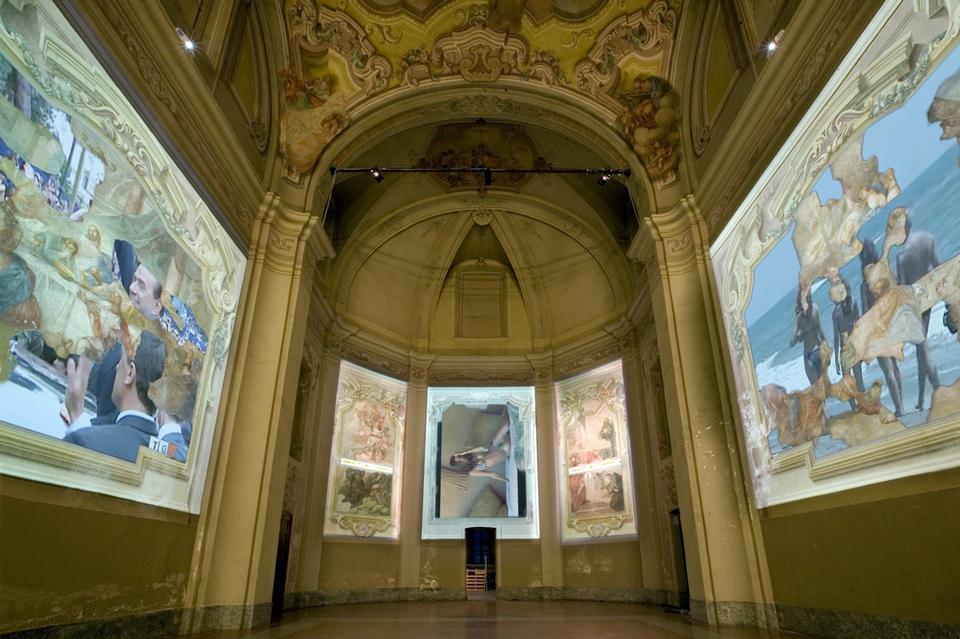
Once Upon a Time… 2010. Courtesy Fondazione Antonio Ratti © Hans Haacke/VG Bild-Kunst. Photo: Moira Ricci
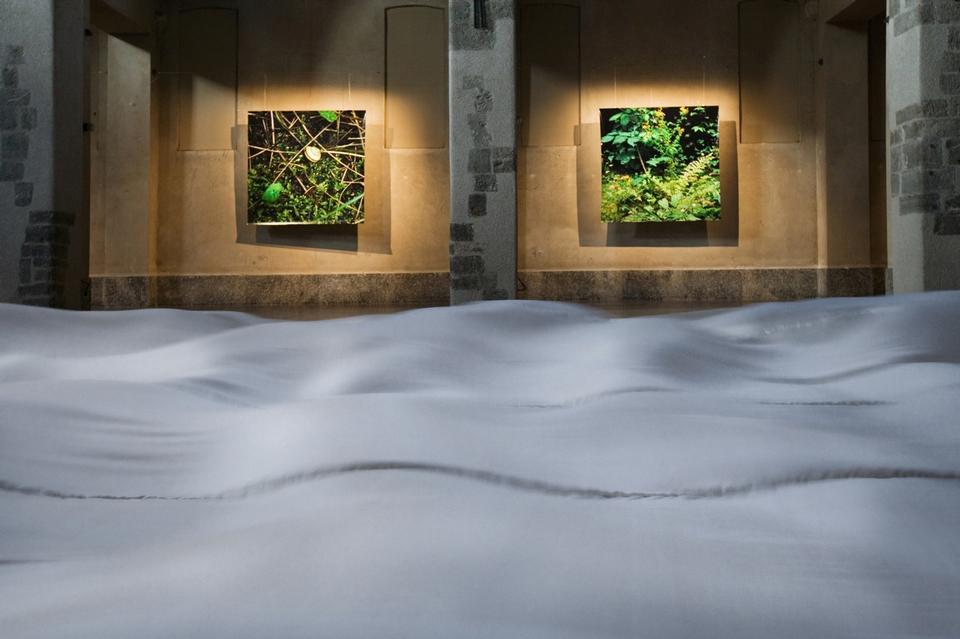
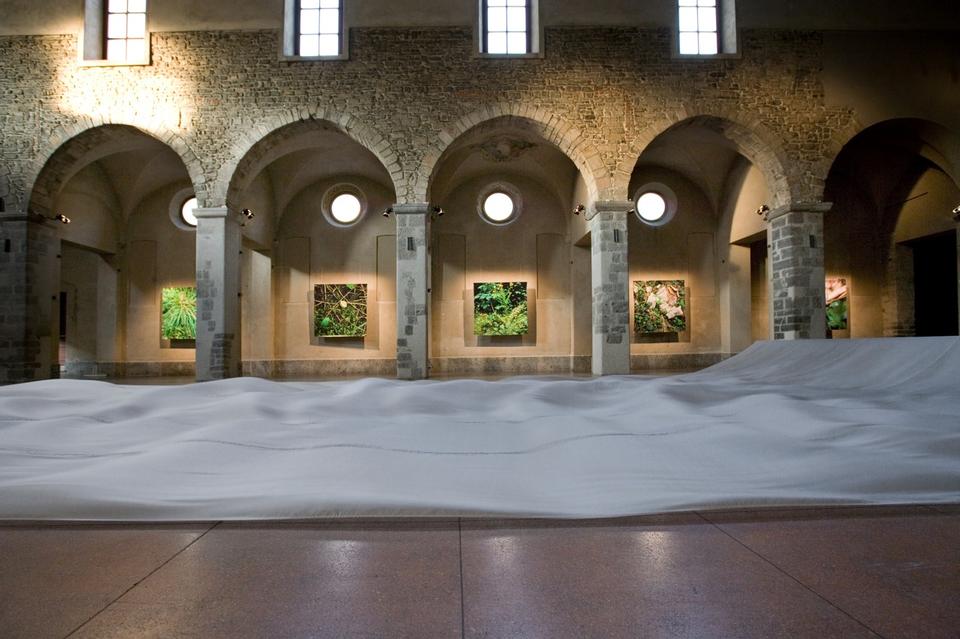
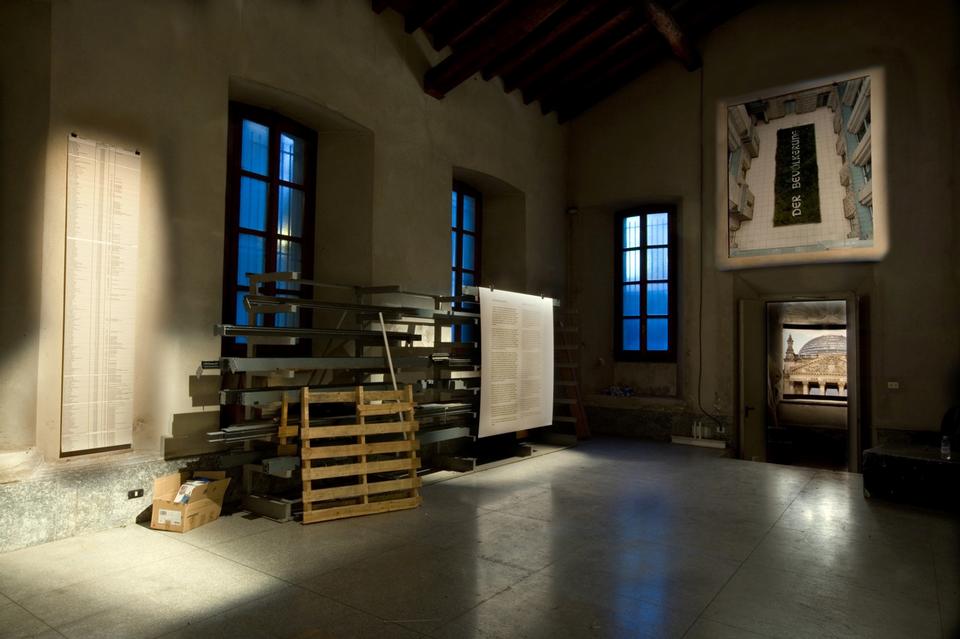
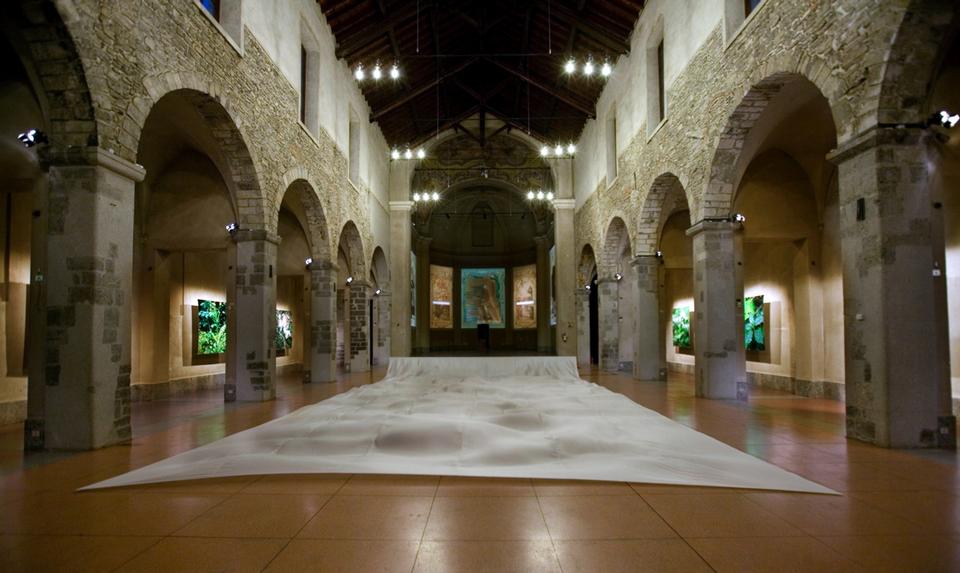
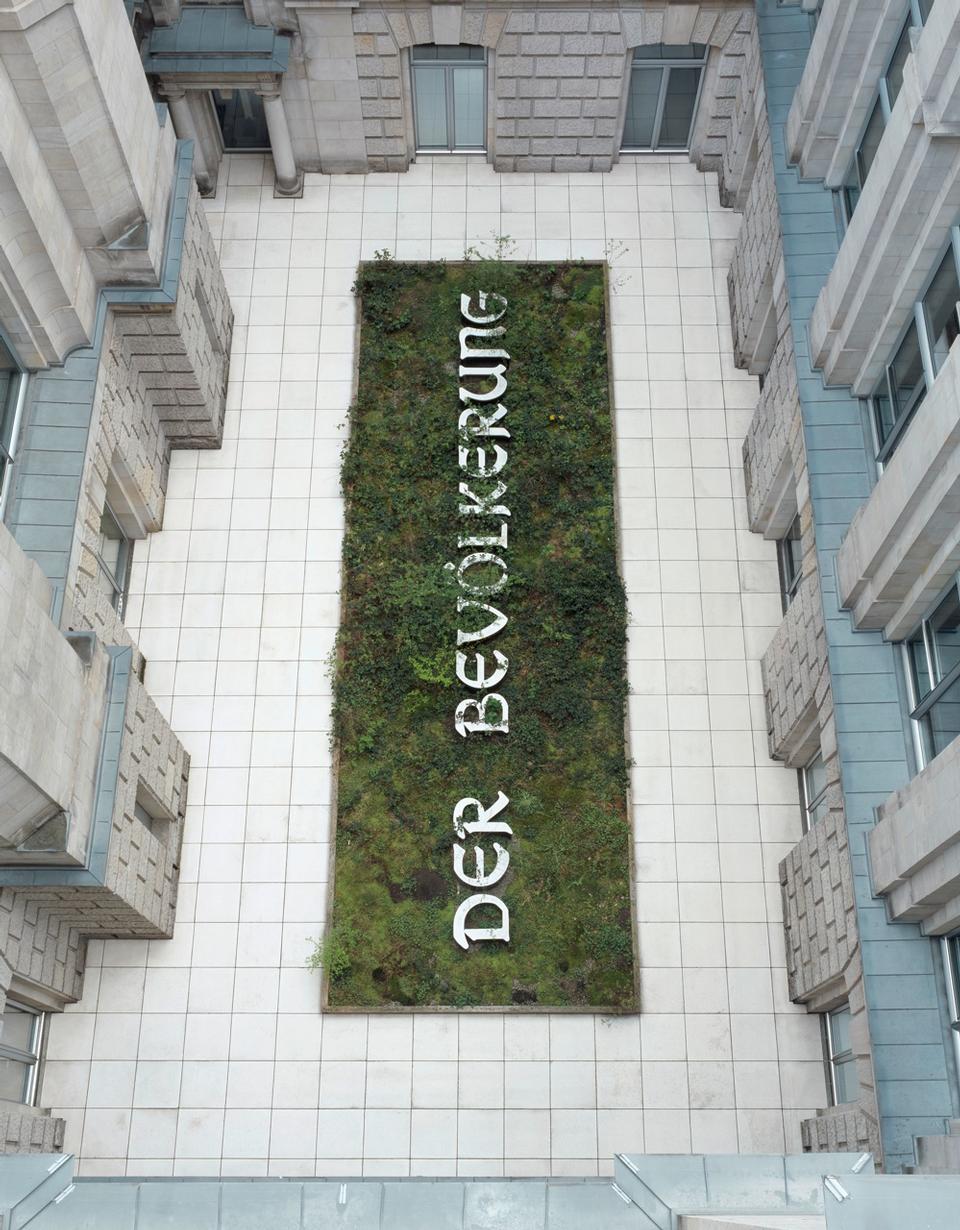
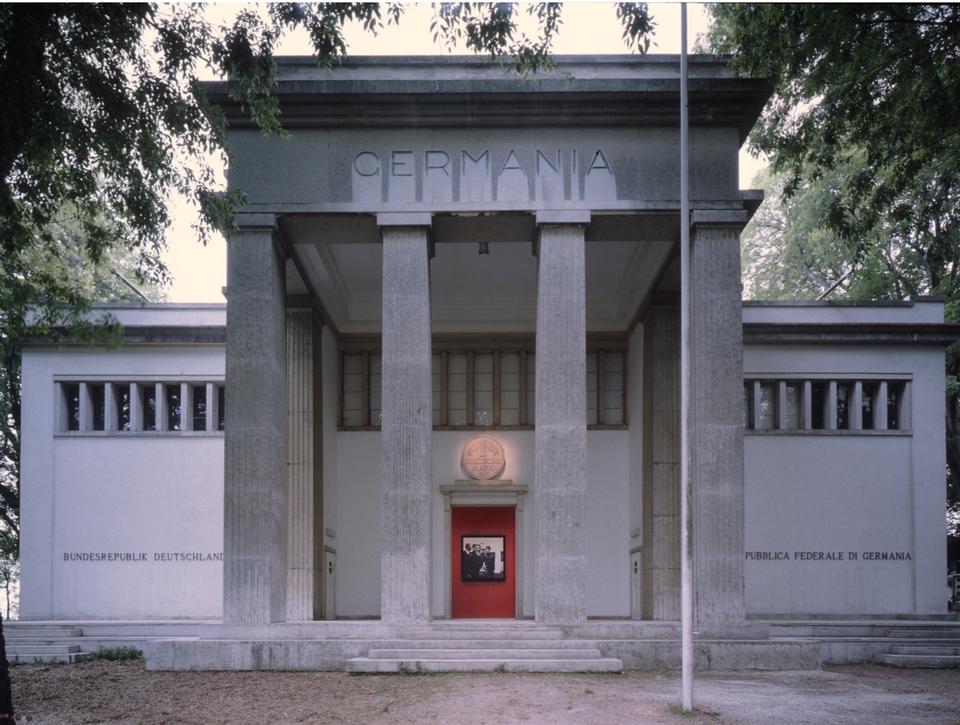
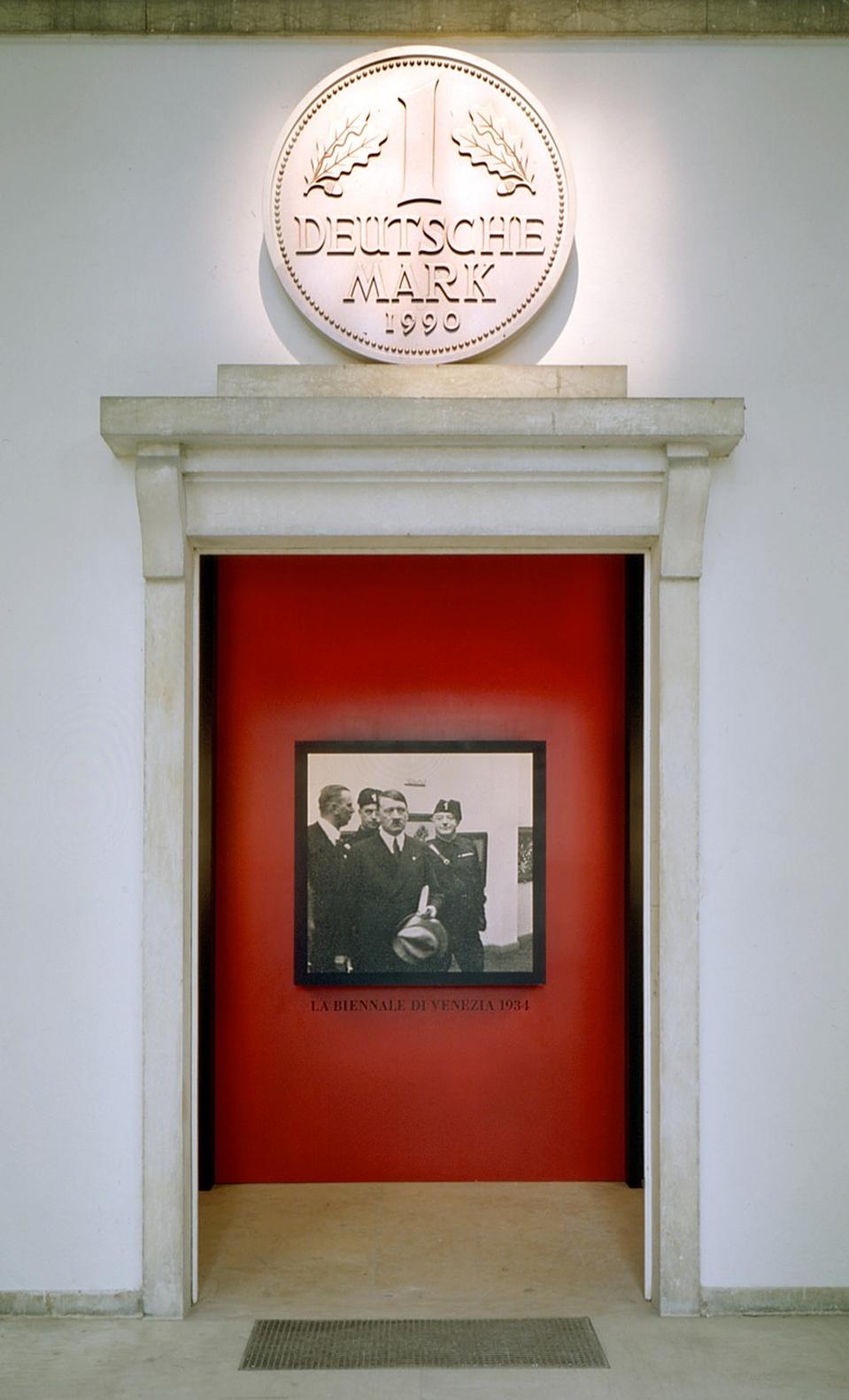
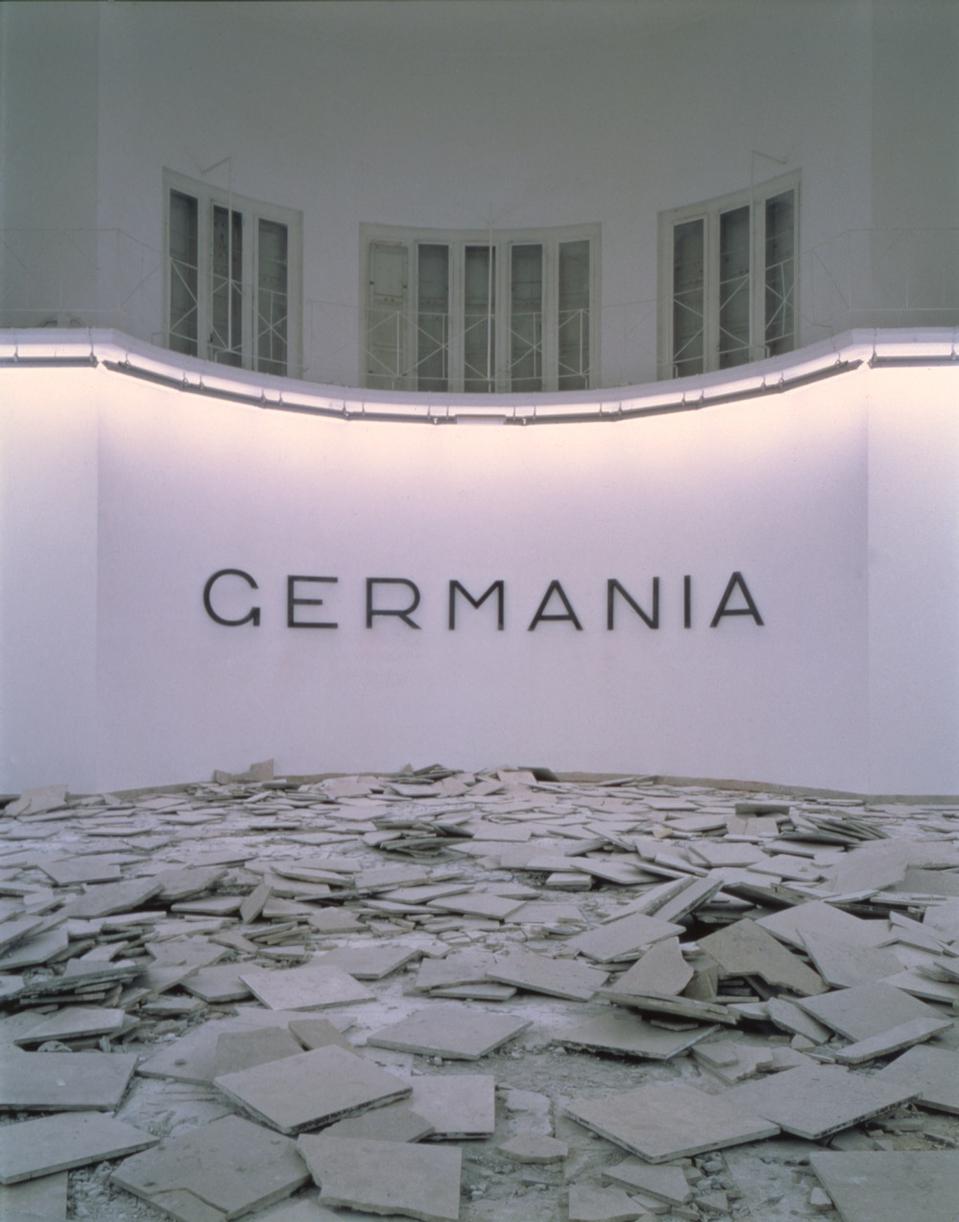
Biennale di Venezia, 1993. Photo: Roman Mensing © Hans Haacke/VG Bild-Kunst

